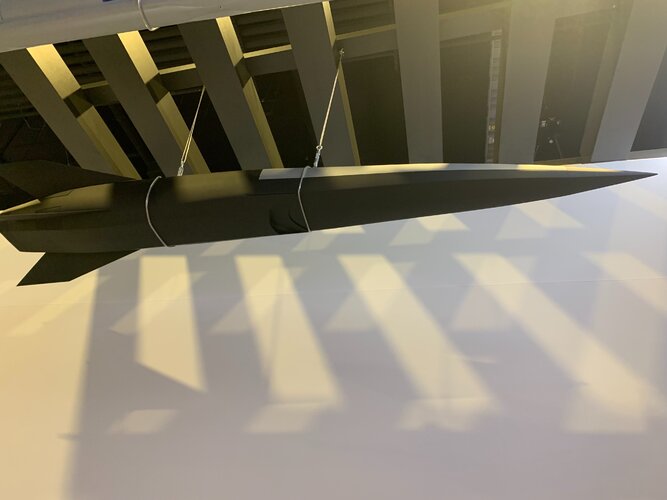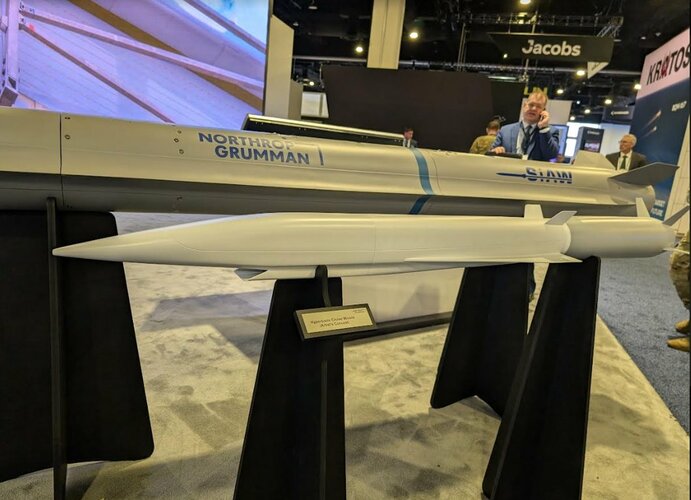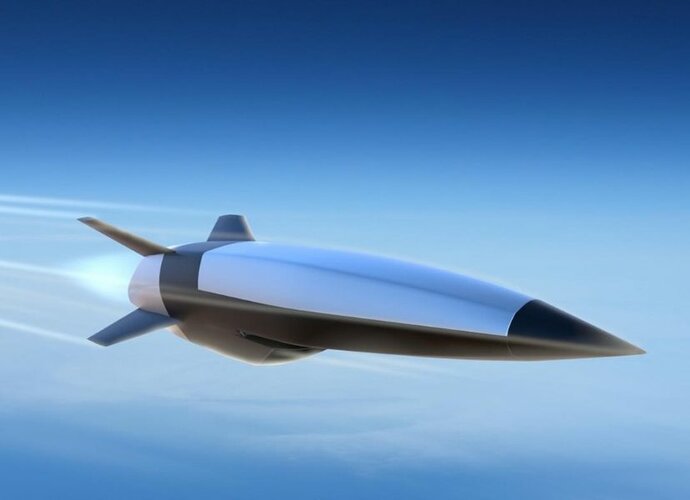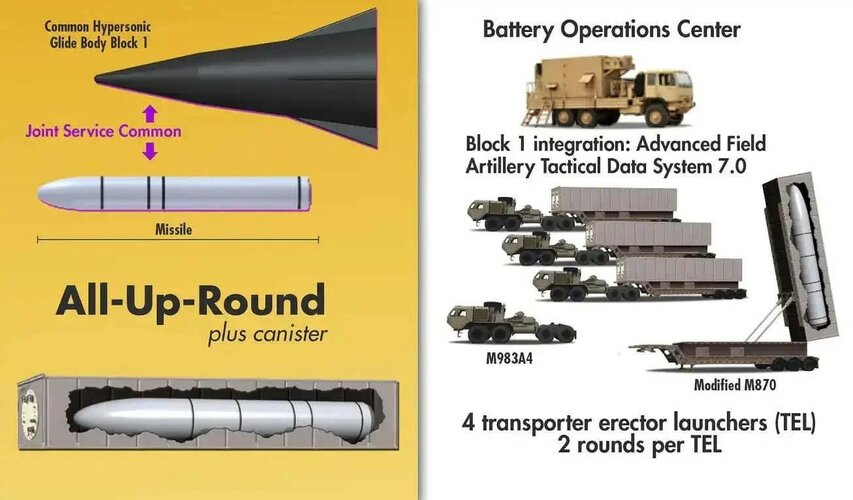Not sure. They are looking for a percentage of consecutive fully successful tests. Hence, a single, couple of low single digit series of successes might simply not reach the threshold they have set (let´s say 9 or 10 out of 10).
“We’ve got to make sure this capability works. If the decision is made to implement this, it’s for real, serious reasons, strategic-level reasons, and we need it to work every time,” Rasch said.













